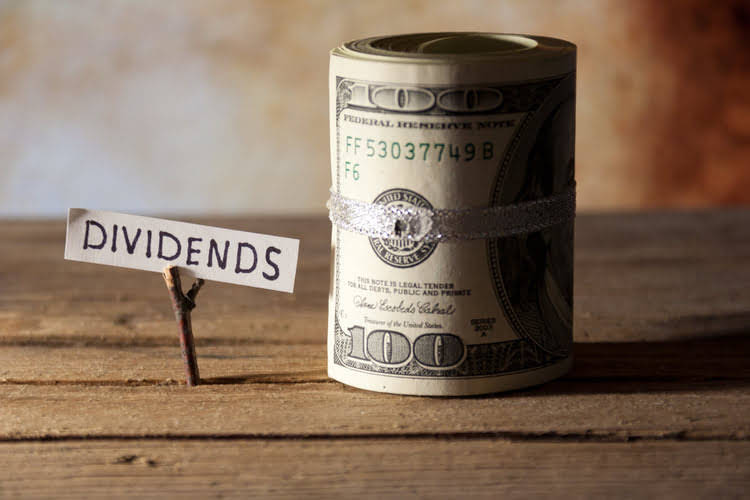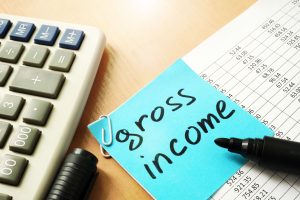Content
- 1 Differentiating Job Costing from Process Costing
- Process costing | Process cost accounting
- What Is Process Costing? Definition, Types and How To Use It
- Importance of Process Costing Systems
- Module 7: Costing Methods
- Types of process costing
- Distinguish between job costing and process costing
- If there is normal loss, the loss is borne by the good units completed, thus increasing the average cost per unit.

The quantity as well as the values of these losses can be known through the process costing. Equivalent Units – In order to obtain accurate average cost, it is necessary to measure the production at various stages of manufacture. For this, the work- in-progress in each process, if any, is converted into equivalent units of finished products to ascertain the cost of work-in-progress and finished goods.

Standardised Products – Products and processes are completely standardised. In other words, in these industries, a process is subdivided into a number of parts, each of which is known as an operation. For example, when cycle mudguards are to be made, the steel sheets will be cut into proper strips and then shaped according to the design and machined before being finally polished. This allows managers to assess the accuracy of cost estimates , determine profitability, and track costs throughout the project may identify unexpected changes early on. Production records of each process are so designed as would show the quantum of production for each period. Spreadsheet programs (Excel, Lotus 1-2-3) are widely used in managerial accounting.
1 Differentiating Job Costing from Process Costing
The next step is to calculate the total expenses that are applicable to the production of the product. In this example, the total expenses are $350,000 ($100,000 + $200,000 + $50,000). For instance, if the company that manufactures ink cartridges completed 3,000 cartridges and left 2,000 cartridges 50% complete, the company would divide the costs by 4,000. First-in-first-out Inventory MethodUnder the FIFO method of accounting inventory valuation, the goods that are purchased first are the first to be removed from the inventory account. As a result, leftover inventory at books is valued at the most recent price paid for the most recent stock of inventory. As a result, the inventory asset on the balance sheet is recorded at the most recent cost.
- They had a total of $120,000 in Occupancy costs last year.
- For example, paint ingredients would be direct materials as they are materials needed to make a company’s products.
- To calculate total cost per unit, the materials cost per unit is added to the conversion cost per unit.
- Process costing systems track costs by processing department, whereas job costing systems track costs by job.
- Direct materials are materials that are consumed during the manufacture of a product.
Client C wants a custom monogram added to their order, which adds on additional time to the total order, and therefore costs you more in wages and overhead. This is why businesses which produce heterogeneous products are better-suited to job costing as opposed to process costing. Management accountants must calculate equivalent units in the process costing system. Equivalent units represent the amount of unfinished goods left in a process at the end of an accounting period. This calculation may only be a best guess or an estimate by management accountants.
Process costing | Process cost accounting
There is no last in, first out costing method used in process costing, since the underlying assumption of process costing is that the first unit produced is, in fact, the first unit used, which is the FIFO concept. Total the direct materials and conversion costs for each stage in the process. Cost Calculation – In process costing costs are calculated on the basis of period after the completion of the process. Production for – In process costing, products are standardised and production is carried on for stocks. In this method, all important factors such as volume, selling price, technical side, marketing process etc. affecting costs are ascertained by means of an extensive survey. Points values or percentages are given to individual products according to their relative importance and costs are apportioned on the basis of total points.
What is the meaning of process costing?
Process costing is a method of costing used mainly in manufacturing where units are continuously mass-produced through one or more processes. Examples of this include the manufacture of erasers, chemicals or processed food.
And it can help you more expertly, easily and accurately perform process costing. Direct costs are those directly incurred for production, such as raw materials and machine operators’ wages. Overhead often includes indirect costs such as equipment maintenance and facility rent, as well as the wages of administrative staff who aren’t directly involved in making the products.
What Is Process Costing? Definition, Types and How To Use It
Here WIP moves on a first-in-first-out basis, i.e., unfinished work on opening WIP units is first completed before taking up work on any new units. Hence none of the opening WIP will find a place in the closing WIP. This is shown separately in the statement of equivalent production units. The account is debited with the cost of materials, labour and overheads relating to the process and the value of byproducts and scrap is credited.

It represents a method of cost procedure applicable to continuous or mass production industries producing standard products. Costs are compiled for each process or department by preparing a separate account for each process. Job Costing, as the name implies, allows companies to track the revenues and costs of each job. Job costing systems record revenues and costs for unique units of product that can be easily distinguished from other units of the product. The production cost report is a very valuable resource for managers.
Importance of Process Costing Systems
Stage 1Stage 2Allocate Total Costs to PoolsAllocate Pools to Products or ServicesNagle Manufacturing has identified 3 cost pools, each with a relevant driver. In overall profitability, when selling millions of units of product a month. Managers want to compare actual costs with estimated costs throughout a project so they can identify unexpected changes as early in the project as possible. For example, if the cost of mahogany wood increases by 50 percent, Custom Furniture might renegotiate the price of a mahogany table with the customer. If it’s too late to renegotiate the price of a current job, the cost increase could be built into the pricing of future jobs. It is easy to allocate the expenses to processes to have accurate costs. The first step is to determine the number of units that are complete and the number of units that are incomplete.
- The number of units is determined separately for each function using the actual number of units completed and transferred out of the function adjusted for partially completed units that were not transferred.
- Overall, when it is difficult or not economically feasible to track the costs of a product individually, process costing is typically the best cost system to use.
- As a result, the inventory asset on the balance sheet is recorded at the most recent cost.
- The opportunity cost or replacement cost which otherwise would have been incurred if the by-products were to be purchased from outside suppliers is taken as the basis for costing by-products.
- The most notable difference between job and Process costing is the WIP calculation.
- The total process cost is divided by the total number of items, resulting in an average cost for each item.
- The relative importance of one as compared to others should also be indicated in terms of points.
As opposed to job costing, where costs are assigned to unique jobs, process costing assigns costs to individual processes. This is used when many similar goods are produced in batches. Many manufacturers who produce a large quantity of the same product use process costing. Abnormal Process loss should not be allowed to affect the cost of production as it is caused by abnormal unexpected conditions. Such loss representing the cost of materials, labour and overhead charges called abnormal loss account. The sales value of the abnormal loss is credited to Abnormal Loss Account and the balance is written off to costing P & L A/c. So companies that produce heterogeneous products and services should use job costing, while those producing homogeneous products and services should use process costing—this is a fairly simple guideline to follow.
Module 7: Costing Methods
Lumber, soda pop and chemical products are a few examples of homogeneous products. Consider the importance of process costing alongside its advantages and limitations.

It is easy to allocate the expenses to processes in order to have accurate costs. So the next day, you spent resources to finish the items that were partially completed (i.e. lower cost) and others that were started from the beginning. We split the cost between Finished Goods and Work in Progress based on the cost per unit and the respective unit volumes.
Convert the physical units as obtained in into equivalent units of production for each cost element, i.e., material, labour and overheads. To find cost of production in this method, statements of weighted average production in terms of points and cost for each variety of products should be prepared.
The first step to calculating product cost per gallon is to determine what process each expense relates to. Next, the cost per unit for each stage of the process must be calculated.
Each of these processing departments will be a work-in-process center. So a job costing system may have only one work-in-process, while a https://www.bookstime.com/ system will have several. In the Ultimate Planner example, there will be three WIP accounts.
It is the cost system appropriate for mass produced, batch type production, where the concern is not to obtain the exact cost of unique product (i.e. Job Order) but an average cost. In other cases, we can have abnormal gains when the actual loss is less than the expected normal loss. This we can achieve by Process Costing improving the efficiency of our workers, or by introducing better equipment. Costing is an essential aspect of operations for companies that want to understand how their production absorbs costs. Only by gaining a solid understanding of the company’s cost structure can we start to control and optimize it.
Processing a single product for a scheduled time, followed by successive runs of other products. Divide the total cost by the number of units to obtain the cost per unit. Process costing is widely used in industries such as oil refining, food production, chemical processing, textiles, glass, cement and paint manufacture. Control over cost and production can be advantageously effected as pre-determined and actual data are available for each department or process. Performance – Work in process costing is performed within the factory premises.
- If it’s difficult or infeasible to trace production costs directly to individual units of output, then it may be beneficial to use the process costing method.
- The cost of units representing abnormal loss is debited to abnormal loss account and credited to process account.
- This unit cost should include all costs when setting a selling price.
- Market value means weighted market value i.e., units produced X price of a unit of joint product.
- Normal loss is an unavoidable loss which occurs due to the inherent nature of the materials and production process under normal conditions.
